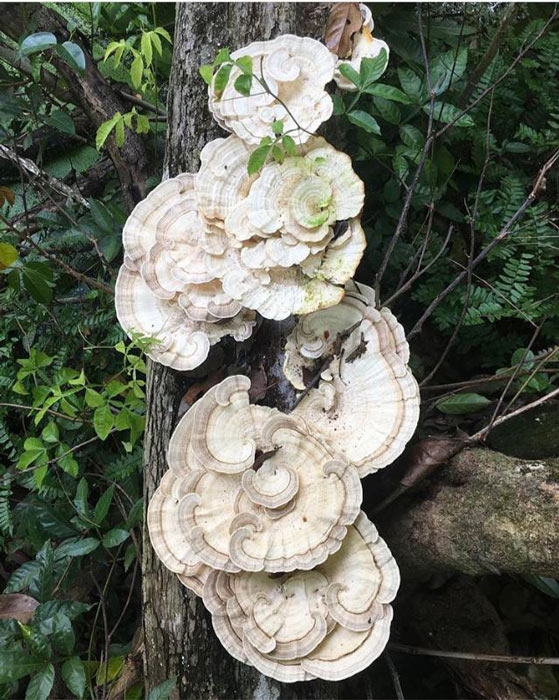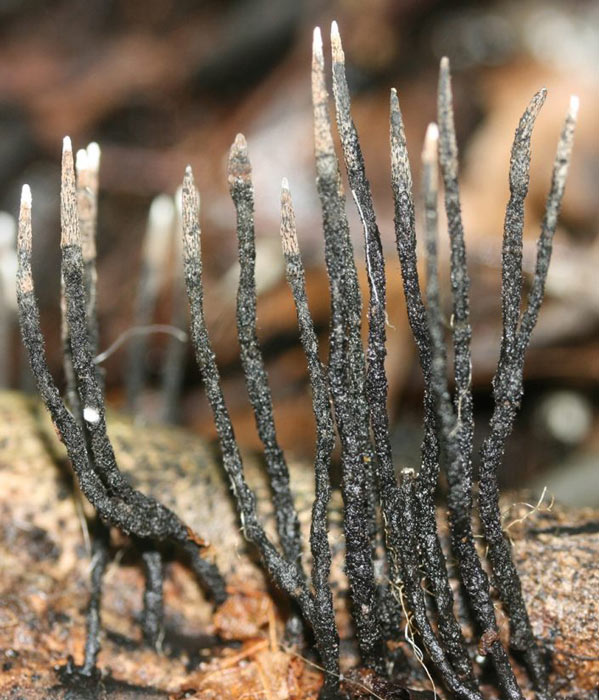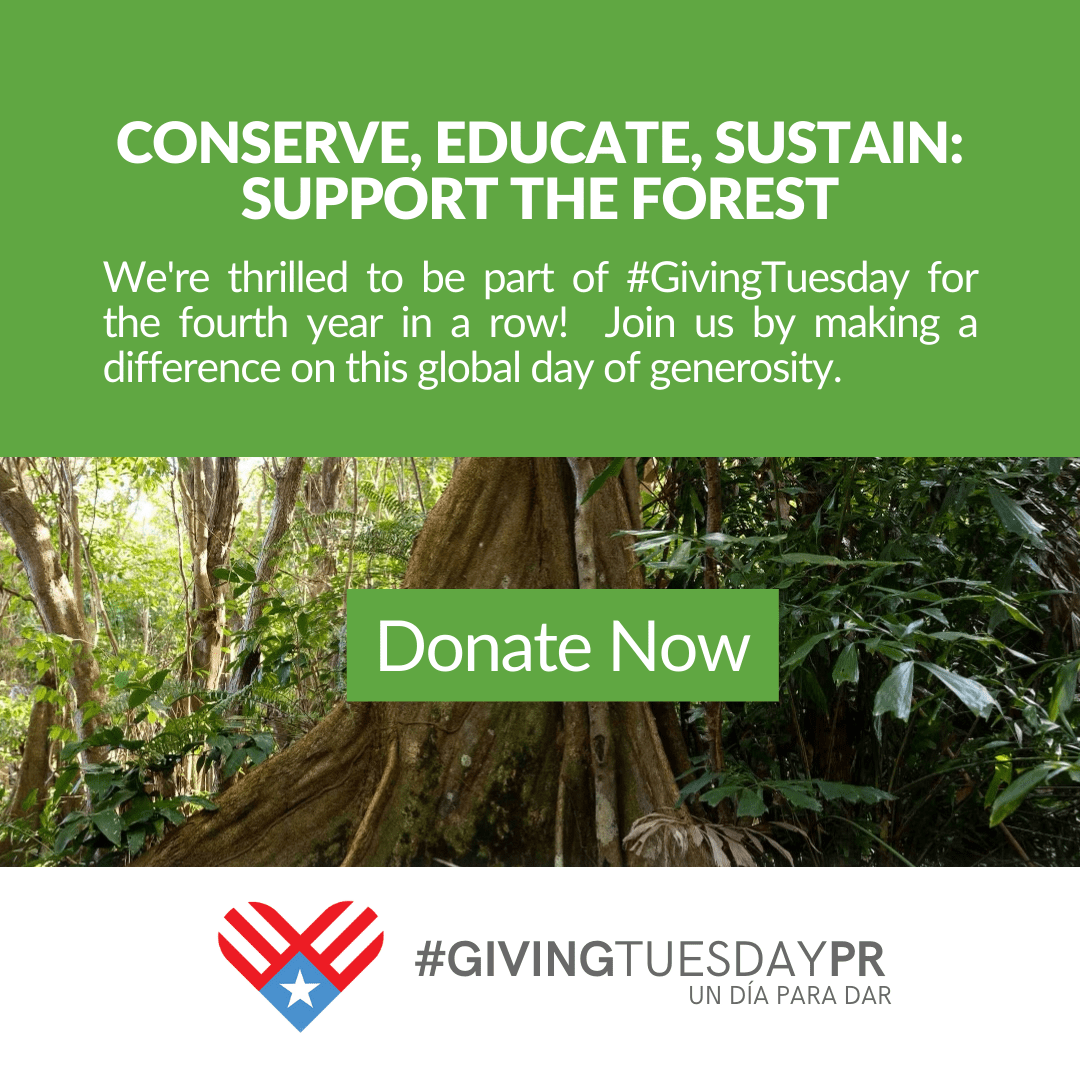Research and Education
One of the reasons for being of the Pterocarpus Forest as a public resource is its use as an open-air classroom and living laboratory for environmental education and research.

Open-air Classroom
Through educational projects the Forest can serve as an “outdoor classroom” for visitors that will:
Introduce concepts, interactions, and values associated with Pterocarpus herbaceous wetland ecology and flora.
Explain the role of Pterocarpus swamp forests in water quality, wildlife habitat and biological productivity.
Facilitate conservation and create an appreciation for the Pterocarpus ecosystem and all of Puerto Rico’s natural resources.
These objectives support the goals of conservation by creating a group of educated citizens, young and old, who will be allies in the effort to preserve properties of high ecological value.
Plans for Forest’s educational programs include the creation of educational materials for on-site as well as online use.
Research
In the area of research, the Forest has been available for research since before it opened to the public. Independent researchers, government scientists, faculty, and students from the University of Puerto Rico, Interamerican, Sagrado Corazón, and the former Turabo University in Gurabo have conducted scientific research within this natural gem.
The results of some of these studies are published from time to time on this website or shared on our social media.
Our collaborations with academia have allowed faculty and undergraduate and graduate students from local, national, and international natural sciences, environmental, and education faculties to research the environmental and ecological importance of wetland forests like the Pterocarpus.

Discover the new Catalog of Flora, Fauna, and Fungi.
This catalog displays valuable information and impressive images of the plants, trees, animals, fungi, and other organisms discovered in the Forest through observations made by Puerto Rican university students.
At the time of the first study in 2010, only 44 flora species and 52 fauna species were identified, for which the Forest served as habitat. As a result of the continued research in this unique natural reserve, 125 new species have been discovered.
Promoting environmental education is our mission and the commitment we have to our country.
Click to see the Fungi of the Pterocarpus Forest.
Research Studies
Listed below are recent studies that have included research conducted within the Pterocarpus Forest.
In some cases, as in the case of Turabo University in Gurabo, the studies were limited to the Forest, while in others, such as the study of four new species of Lichen discovered in Puerto Rico, the Forest, which is home to two of the four species, played a more central role.
Los Bejucos de Puerto Rico Vol I, 1985 (Spanish version)
Authors: Acevedo-Rodríguez, Pedro and Roy O. Woodbury.
Puerto Rico; Wetlands, 1999
Authors: D.B. Adams, Jeromi M. Hefner, and Teresa Dopazo (translator).
Structure and composition of vegetation along an elevational gradient in Puerto Rico, October 2006
Authors: Gould, W.A.; Gonzalez, G.; Carrero Rivera, G.
The effects of salinity on the dynamics of a Pterocarpus officinalis forest stand in Puerto Rico, June 7th, 2007
Authors: Elsie Rivera-Ocasio, T. Mitchell Aide and Neftalí Ríos-López
Coastal wetland plant communities are strongly structured by water depth and salinity. Rising sea levels will cause changes in the hydro-period, surface water salinity, and salt-water intrusion in coastal areas, which will reduce the distribution of forests in these areas.
We studied the dynamics of a Pterocarpus officinalis stand in Puerto Rico over a 9-y period. We observed differences in plant growth, recruitment, and mortality across a salinity gradient within a 1-ha plot. In areas of high salinity, recruitment, juvenile density, and growth rates of juveniles and adults were lower.
The detrimental effect of salinity was also observed in a growth experiment; seedlings in 5% and 10% salinity treatments had higher mortality, slower growth, and less above- and below-ground biomass than control seedlings (0%). In addition, an increase from 0 to 1% in salinity resulted in approximately 50% less nodulation in seedlings.
Low recruitment in high salinity areas and lack of recruitment in adjacent grasslands will further reduce the distribution of this forest type. Although some ecosystems can respond to changing conditions by migration to more favorable areas, this is not the case with P. officinalis, and thus, restoration efforts are needed to re-establish this species where it occurred historically.
Earthworm communities along an elevation gradient in Northeastern Puerto Rico, October 2007
Authors: Gonzalez, G.; Garcia, E.; Cruz, V.; Borges, S.; Zalamea, M.; Rivera, M. M.
Root Nodulation in the wetland tree Pterocarpus officinalis along coastal and montane systems of northeast of Puerto Rico, 2008
Authors: Rachel Pérez and Tamara Heartsill Scalley
Today remnant wetlands are limited to small areas that are threatened by rising sea levels. We examined the root nodules of P. officinalis in montane and coastal sites and at 0, 10, 20 cm from the surface to determine if site conditions relating to the formation and characteristics of nitrogen-fixing nodules.
We found no significant difference in nodule quantity between montane and coastal ecosystems. However, although all the montane sites experienced nodule growth, there were sites on the coast that did not.
The montane sites had 96.3 percent of nodules active, whereas the coastal had 82.2 percent. Nodule mass and diameter were significantly larger near the surface of the soil and in montane sites. More research is needed to understand if nitrogen-fixing and accumulation rates also differ between the coastal and montane sites where P. officinalis occurs.
Studying the presence, distribution, and potential environmental conditions that are related to nodule formation will be helpful in developing management strategies and conservation initiatives to maintain this species and the wetland forests in which it occurs.
Spatial and temporal heterogeneity of rainfall inorganic ion composition in northeastern Puerto Rico, March 2013
Authors: Medina, E.; Gonzalez, G.; Rivera, M. M.
Four new species of Oedogonium (Ascomycota: Ostropales) from vulnerable forest ecosystems in Puerto Rico, Winter 2013
Authors: Mercado-Diaz, J.A.; Gould, W.A.; Gonzalez, G.; Lucking, R.
Species composition and differences in diversity among the Pterocarpus officinalis forested wetlands of Puerto Rico, 2013
Authors: Rusty A. Feagin, Frances Toledo-Rodríguez, Ricardo J. Colón-Rivera, Fred Smeins, and Roel Lopez
Pterocarpus officinalis (Dragonsblood Tree, known as Palo de Pollo in Puerto Rico)-dominated forests are a rare ecosystem, found only in fifteen locations in Puerto Rico, most of which are adjacent to the coast and are at risk from sea-level rise, nutrient pollution, upstream hydrological modifications, and deforestation.
Prior to this study, there was little information on the diversity of organisms inhabiting these forests. The central objectives of our study were to examine the diversity and species composition of three Pterocarpus forests in Puerto Rico located in Humacao, Patillas, and Dorado; compare and contrast diversity among the three forests, and identify possible differences caused by human influences or natural factors.
Visual surveys, vegetation plots, pitfall traps, insect traps, and nets, and audio recordings were carried out to collect records of birds, mammals, amphibians and reptiles, invertebrates (insects, crustaceans, mollusks), plants, and fungi.
The Dorado Pterocarpus forest is only 2.4 ha in extent, but is the richest and most diverse; Humacao, the largest tract sampled at 150 ha (63% of the total Pterocarpus coverage in Puerto Rico), is the least rich and diverse.
The most obvious factor influencing richness and diversity among the forests is the adjacent land cover and history of the sites. Saltwater intrusion (Humacao), freshwater inflow from watersheds (Humacao, Dorado), and emerging spring water sources (Patillas) may also be factors that alter richness and diversity.
Our results will be useful to those planning the appropriate management of this ecosystem in the context of ongoing sea-level rise, climate change, nutrient pollution, upstream hydrological modifications, and deforestation.
Short-term precipitation and temperature trends along an elevation gradient in northeastern Puerto Rico, January 2015
Authors: Van Beusekom, A.; Gonzalez, G.; Rivera, M.
Wide variety of fungi in the Pterocarpus Forest in Palmas del Mar, November 2015
Eight graduate students from Turabo University, under the guidance of Professor Sharon Cantrell-Rodriguez, an expert in Mycology and Professor in Turabo’s School of Natural Science and Technology, identified a total of 103 species of fungi in the Pterocarpus Forest in Palmas del Mar, Humacao, as part of a three-month study.
Conferences
The Pterocarpus in Puerto Rico: Importance for The Environment
Author: Dr. Ariel Lugo, Director of the International Institute of Tropical Forestry (USDA United States Forest Service)
Dr. Lugo has worked on a wide range of tropical and sub-tropical ecosystems: hardwood forests, mangroves, floodplain wetlands, sand pine forests, prairie lakes and palm wetlands. His current research focuses on the role of tropical forests in global processes, and on comparisons between tropical tree plantations and natural forests.


